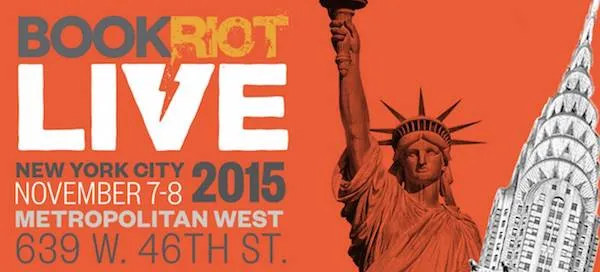
Imagining a Fandom Edition of an Annotated Harry Potter
I was one of the kids to grow up on Harry Potter. I eagerly awaited the first movie adaptation and was absolutely crushed with disappointment when I saw it. I lived through the three-years-long gap between Goblet of Fire and Order of the Phoenix, and later I signed up for dozens of fan speculations of how the whole series would end. (Including McGonagall being a spy. It was a weird time.) I immersed myself not only in the books, but in the fandom.
Harry Potter was my first experience with a fandom, but I dove right in and haven’t emerged since. It was an integral part of my experience with the books, which is why when I read people’s experiences with reading the books after they’ve all come out, especially if they’re trying to determine what makes the series so popular, I’m often confused. In my life, the books never exist in isolation. Reading them without the fan commentary and theories would be like reading House of Leaves without the footnotes, or seeing Rocky Horror Picture Show without the audience participation. It misses out on the real wonder of it.
Lately, I’ve been imagining Harry Potter as this huge, annotated text. (And not just by the author, though you could easily fill all the margins with the information that J.K. Rowling has added in interviews and on Pottermore.) Annotations by thousands of fans, all adding their own interpretations. I can’t help but see them as I read: notes that outline how the beginning of the book relates to fairy stories, threads that connect Harry Potter to boarding school stories and mysteries; Christian interpretations of Harry’s sacrifice, queerings of pretty much every character, arguments for Ginny being trans and Harry being mixed race and Hermione being black; new prologues and epilogues expanding on the founders, the Marauders, and the fallout after the defeat of Voldemort.
I can see arguments raging in the margins about the house sorting system, and whisperings from the great shipping wars that haven’t quite fallen silent. Now I gather new expansions on Tumblr, especially ones that push the scope of the wizarding world: posts about Jewish wixen during the second world war or wixen under colonialism or squibs in the wizarding community. (“Wixen” is another fandom creation, a genderneutral term for witches/wizards/etc.)
It would be impossible to actually create this annotated text, of course. The pages would have to be about four feet tall, and you’d constantly be adding to it. There would have to be whole appendices about topics like sorting and how the wizarding world deals with wixen with disabilities. The idea, though, is beautiful: endless arrays of different ink and handwriting connecting the dots between books and finding new stories hidden between lines. Maybe it’s more realistic to imagine Harry Potter as a hyperlinked text, especially considering how the fandom is rooted in the internet. Almost every sentence can lead you to more stories, and to a richer look at the world. Honestly, I’ve read many fan theories and fanfiction that I consider superior to the original text. Harry Potter is more of a collective story to me now. One that has been added to and edited by countless hands. Without those additions, those interpretations–without muggleborn headcanons and feminist critiques and the soundtrack of wizard rock–the books just fall a little bit short. Don’t get me wrong, the books by themselves are always worth a reread, but if you haven’t, you should really give the annotated version a shot.
____________________
Book Riot Live is coming! Join us for a two-day event full of books, authors, and an all around good time. It’s the convention for book lovers that we’ve always wanted to attend. So we are doing it ourselves.












